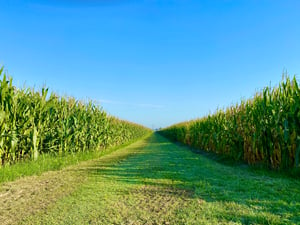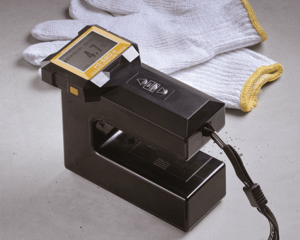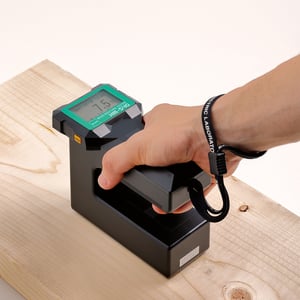 In 2019 and 2020, the United States was, by far, the largest producer of corn across the globe, reaching an astonishing 345 million metric tons of corn in one year alone, or over one-third of the whole global corn production.
In 2019 and 2020, the United States was, by far, the largest producer of corn across the globe, reaching an astonishing 345 million metric tons of corn in one year alone, or over one-third of the whole global corn production.
The United States is also the world’s leading exporter of corn, selling over 1.85 billion bushels to countries like Mexico, Japan, and Colombia in 2019. Corn isn’t just grown for food or livestock feed anymore, either. In 2018 and 2019, around 38 percent of all corn grown in the United States was produced for use in the creation of industrial ethanol.
In 2019, the average cost for a bushel of corn was $3.85. At 39.37 bushels of corn per metric ton and 345 million metric tons in 2019 and 2020, that means that corn brings an astonishing $52.3 billion in revenue to the United States every year.
Corn is big business, and demand is higher than ever. But profit margins can be slim. This means that every crop of corn matters and that growers need to have accurate information about the crops they are growing to know when to harvest them to maximize their crop yields and their profits.
Corn Maturity and Moisture Levels
Corn moisture and maturity levels have a strong correlation, and it’s important for growers to pay attention to understand these levels and what they can mean for harvest times.
Water loss from corn kernels can be broken down into two phases. The first phase of moisture happens when corn is accumulating dry matter within the kernels, maximizing the amount of matter within each kernel and the overall weight of the crop. The second phase happens after the black layer when the hard starch reaches the base of the kernel and the accumulation of dry matter in the kernel is complete. This will look like a black film that develops at the base of the kernel. After the black layer, moisture loss continues through the evaporation of water from the kernel’s surface.
While there are some variances for different crop hybrid characteristics and environmental conditions, kernels reach physiological maturity typically at a moisture level of 35% when the black layer forms.
Why does this matter? The black layer only happens after the kernels reach physical maturity. Since physical maturity is so closely tied to the accumulation of matter (and therefore, weight), harvesting too early can make for lower profits for farmers.
Once corn crops reach the black layer stage, farmers should closely monitor grain moisture content to balance harvest losses and grain drying costs to get the highest possible economic return. Dekalb suggests beginning the harvest process when corn grain moisture content is a little over 25% so that harvesting can be finished before corn dries completely in the field, which can lead to field losses. By beginning harvest at this moisture level, you can ensure that harvest is completed by the time your crops reach proper moisture levels of 15.5% to 18.5%.
The PM650 Advanced Portable Grain and Seed Moisture Meter is truly ideal for taking rapid measurements of grain out in the field. Since this instrument can produce laboratory-quality results anywhere — without preprocessing corn kernels through husking and grinding — it’s ideal for reducing the time for each test cycle, making it easier than ever to test multiple samples from multiple points in the field to gain a full understanding of the moisture content (and maturity) of corn crops.
The Costs of Selling Corn at Differing Moisture Levels.
You likely already know that while the standard moisture level for corn to be harvested is 15.5% and that when grain is sold at levels higher than 15.5% moisture, the weight is adjusted down to account for this higher moisture level to account for water weight. Additionally, when the grain is delivered at grain moisture levels below 15.5%, growers aren’t paid an adjusted rate; they’re paid the delivered weight because weights are not adjusted up the way they are adjusted down when moisture levels are too high.
Plus, when you factor in the costs of drying corn crops that are too high in moisture, anything outside of a narrow range of 15.5% to 18.5% moisture levels becomes hard to sell at a profit.
After harvest of your mature corn crop, Kett’s KJT700 Online Near-Infrared (NIR) Composition Analyzer can help you closely monitor the moisture levels of your harvest online and in transport. Test results are reliable, accurate, and can be performed by any person of any skill level after a factory calibration.
For decades, Kett has been providing the easy-to-use, laboratory-grade test instruments growers need to manage their crops from field to market. Discover more about the instruments we offer to get you from planting to harvest and beyond. Contact our experts today!


